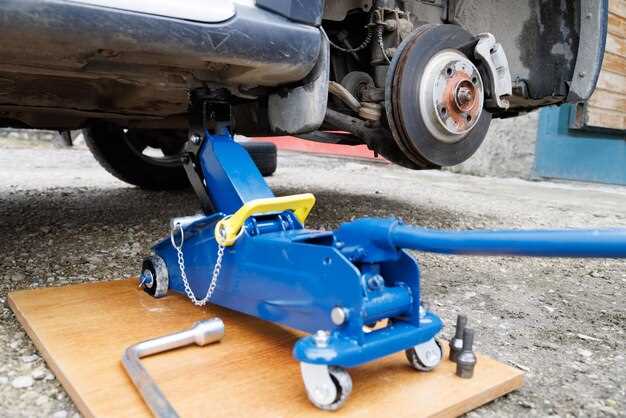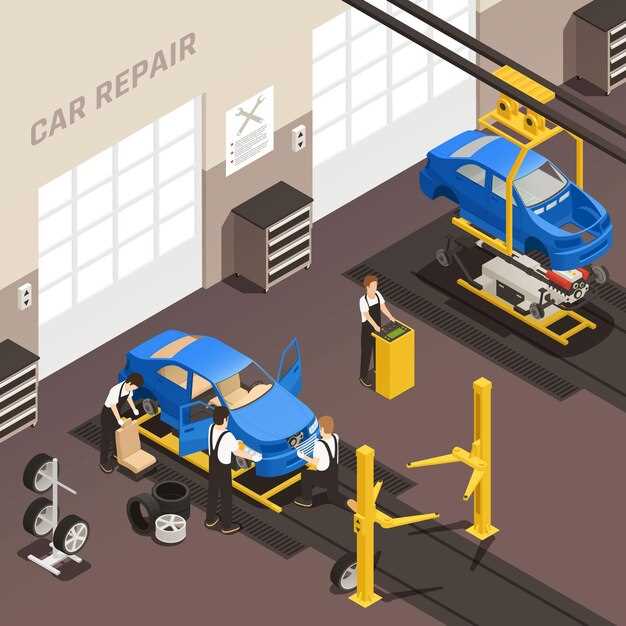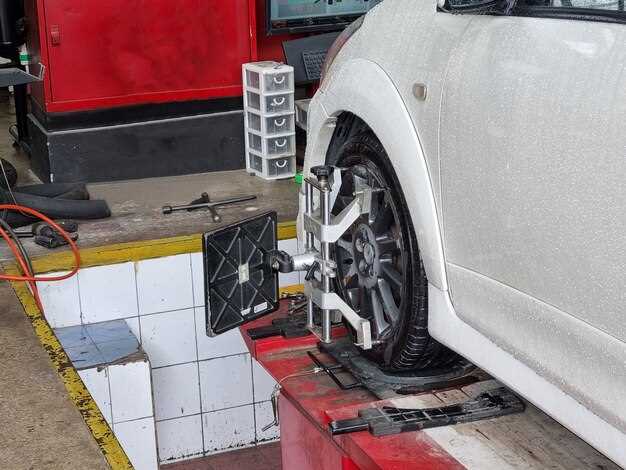
When engaging in salvage car work, having the right tools is essential to ensure efficiency and safety. Among these tools, jacks and lifts play a pivotal role. They not only make the process of lifting vehicles straightforward but also reduce the risk of accidents. With various options available, selecting the best equipment tailored to your specific needs can make a significant difference in your workflow.
Salvage operations often require the lifting of vehicles that may be damaged or in precarious conditions. A reliable car lift can provide the necessary stability and support, allowing mechanics to assess and repair vehicles safely. From hydraulic jacks to four-post lifts, each type offers unique features that cater to different salvage scenarios. Understanding these differences will help you choose the best option for your workshop.
In this article, we will explore the top jacks and lifts suited for salvage car work, focusing on their specifications, advantages, and potential drawbacks. By the end, you will have the knowledge needed to make an informed decision, ensuring that your salvage projects run smoothly and effectively.
Choosing the Right Car Lift for Different Vehicle Types
When it comes to salvage car work, selecting the appropriate car lift is crucial for safety and efficiency. Different vehicle types require specific considerations regarding weight, size, and access. Understanding these factors will help you choose tools that best suit your needs.
Two-Post Lifts are ideal for light-duty vehicles such as compact cars and sedans. These lifts provide ample access to the undercarriage and are perfect for quick repairs and maintenance tasks. They are suitable for vehicles weighing up to 10,000 pounds and can easily lift cars for tire changes, brake work, and inspections.
Four-Post Lifts offer greater stability and are best for heavier vehicles, including SUVs and trucks. These lifts can handle substantial weight, making them suitable for professional use in salvage yards. They provide a more platform-like lift, allowing users to perform undercarriage work while supporting the vehicle safely.
For enthusiasts and professionals dealing with specialized vehicles, Scissor Lifts are a versatile option. They are compact and can be used for a wide range of car types, offering flexibility for work on both standard and lowered vehicles. Scissor lifts can raise vehicles to various heights, accommodating different project requirements.
Portable Lifts, such as rolling jacks, are excellent for on-the-go repairs. They are lightweight and easy to maneuver, making them suitable for mobile mechanics or salvage operations that require quick setups. However, they may not provide the same stability as fixed models; thus, using them with caution is essential.
Ultimately, the right car lift depends on the specific vehicles you work on. Assessing the weight, height, and type of vehicle will ensure that the tools you choose are safe and effective for your salvage car work. Taking the time to select the correct lift will enhance your workflow and protect both you and your vehicles.
Top Jacks for Safe and Efficient Salvage Repairs

When it comes to salvage car work, selecting the right tools is crucial for both safety and efficiency. High-quality jacks are essential for lifting vehicles securely, allowing for thorough inspections, repairs, and part replacements.
One prominent type of jack is the hydraulic floor jack. Known for its lifting capacity and stability, these jacks can easily handle heavier vehicles, making them ideal for salvage work. Their low profile design allows for easy access under vehicles, which is beneficial when inspecting or repairing damaged components.
An alternative option is the bottle jack, which is compact and portable. These jacks are perfect for tight spaces, providing significant lifting power while occupying less room in your workshop or truck. If you’re working on various types of salvage cars, a bottle jack can be an efficient tool in your arsenal.
Another key player is the frame jack, which is specifically designed for lifting the chassis of vehicles. This type of jack offers versatility and safety, particularly when dealing with cars that are not in optimal condition. Frame jacks can stabilize vehicles during repairs, preventing unwanted movement.
Lastly, consider investing in a scissor jack. While typically used for minor lifting tasks, scissor jacks are lightweight and easy to transport, making them practical for on-the-go repairs. However, they are best used in conjunction with more robust lifting tools for larger salvage projects.
Prioritizing safety is paramount when working with any lifting device. Always ensure that the jack is properly rated for the weight of the vehicle and that it is set on a stable, flat surface. Regular maintenance of tools and jacks will also prolong their lifespan, ensuring reliable performance during salvage operations.
Maintenance Tips for Car Lifts and Jacks in Salvage Operations

Proper maintenance of car lifts and jacks is crucial for safety and efficiency in salvage operations. Regularly check all tools for signs of wear and tear, including hydraulic systems, cables, and structural components. Any signs of rust or leaks should be addressed immediately to prevent malfunctions.
Ensure that the lift’s hydraulic fluid is at the appropriate level and replace it according to the manufacturer’s recommendations. Contaminated fluid can damage internal components, leading to costly repairs. Additionally, inspect hoses for cracks or fraying, as these can cause leaks that compromise the lift’s effectiveness.
Clean all surfaces of the lift and jack to remove dirt and debris. Grease any moving parts to facilitate smooth operation and reduce friction over time. This helps improve the lifespan of the equipment and maintains its reliability during heavy usage.
Regularly tighten all bolts and screws on the lift and jack. Over time, vibrations can cause fasteners to loosen, leading to potential accidents. Make it a habit to check these critical components during routine inspections.
Always follow the manufacturer’s guidelines for weight limits and usage procedures. Overloading a lift or using it incorrectly can result in malfunction and endanger operators. Train all personnel on proper operation techniques and maintenance protocols.
Implement a schedule for professional inspections and servicing of your lifts and jacks. This ensures that any underlying issues are identified early and addressed before they lead to significant problems. Keeping your tools in optimal condition will enhance safety and efficiency in salvage operations.
